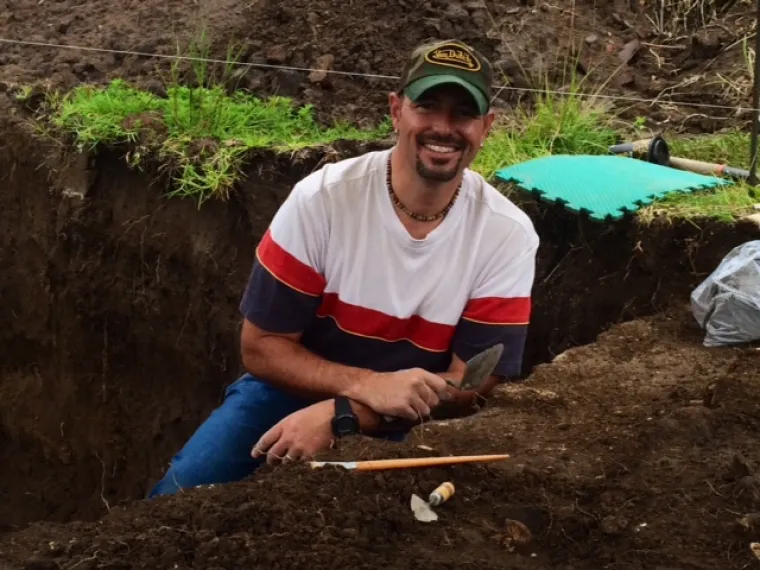Image

Dr. James T. Watson, curator of bioarchaeology, excavating in Mexico
Anthropology is the scientific examination of humanity’s past, present, and future.
The discipline of anthropology is generally divided into four subfields of study that examine all aspects of human life, from our hominid origins millions of years ago to the vast diversity of populations living in the world today.
- Archaeology: the study of humanity’s past through material remains.
- Zooarchaeology: the study of animal remains from archaeological contexts.
- Paleobotany: the study of plant remains from archaeological contexts.
- Biological (Physical) anthropology: the study of humanity through biological remains.
- Bioarchaeology: the study of human remains from archaeological contexts.
- Forensic anthropology: the application of anthropological techniques to medico-legal contexts such as in the identification of missing persons and wartime casualties. umn 1 content
- Sociocultural anthropology: the study of humanity’s culture, both past and present.
- Ethnohistory: a combination of anthropology, history, and other diverse disciplines, this sub-field examines identities, locations, contacts, movements, numbers, and cultural activities of peoples using written records.
- Ethnology: a branch of sociocultural anthropology dealing chiefly with the comparative and analytical study of cultures.
- Linguistic anthropology: the study of the historical development of languages and their relationships to one another, and their use in cultural context.
ASM scholars conduct research to illuminate ancient and historical cultures and lifeways, and to better understand how the region's present-day cultures came to be. Some ongoing projects include:
- Survey and excavations focused on the archaeology of the ancestral Hopi of the Little Colorado River Valley in northern Arizona.
- Analyses of data and objects resulting from decades of excavations at Hokoham sites in southern Arizona.
- Study of ancient migrations of people from northern Arizona and southern Utah to central and southern Arizona which resulted in the Salado phenomenon.
- Research on the origins and influence of ancient groups in the Casas Grandes region of northern Mexico.
- Fieldwork in central New Mexico and analyses of ceramics in existing museum collections to explore ethnicity, gender roles, and religion just prior to and after European contact.
- Archival research to understand the living legacies of Spanish and Mexican natural resource law in the U.S. Southwest and how these inform present-day court cases.
- Transcription, translation, examination, and publication of Spanish documents that record the experiences of Native people during the Spanish Colonial and early Mexican periods.
- Investigations of prehistoric human biological and cultural adaptations to desert ecosystems.
- Analyses of animal bones from archaeological sites to shed light on prehistoric and historic uses of fauna by southwestern peoples.
- Non-destructive chemical analyses of artifacts to determine how they were made and used.





